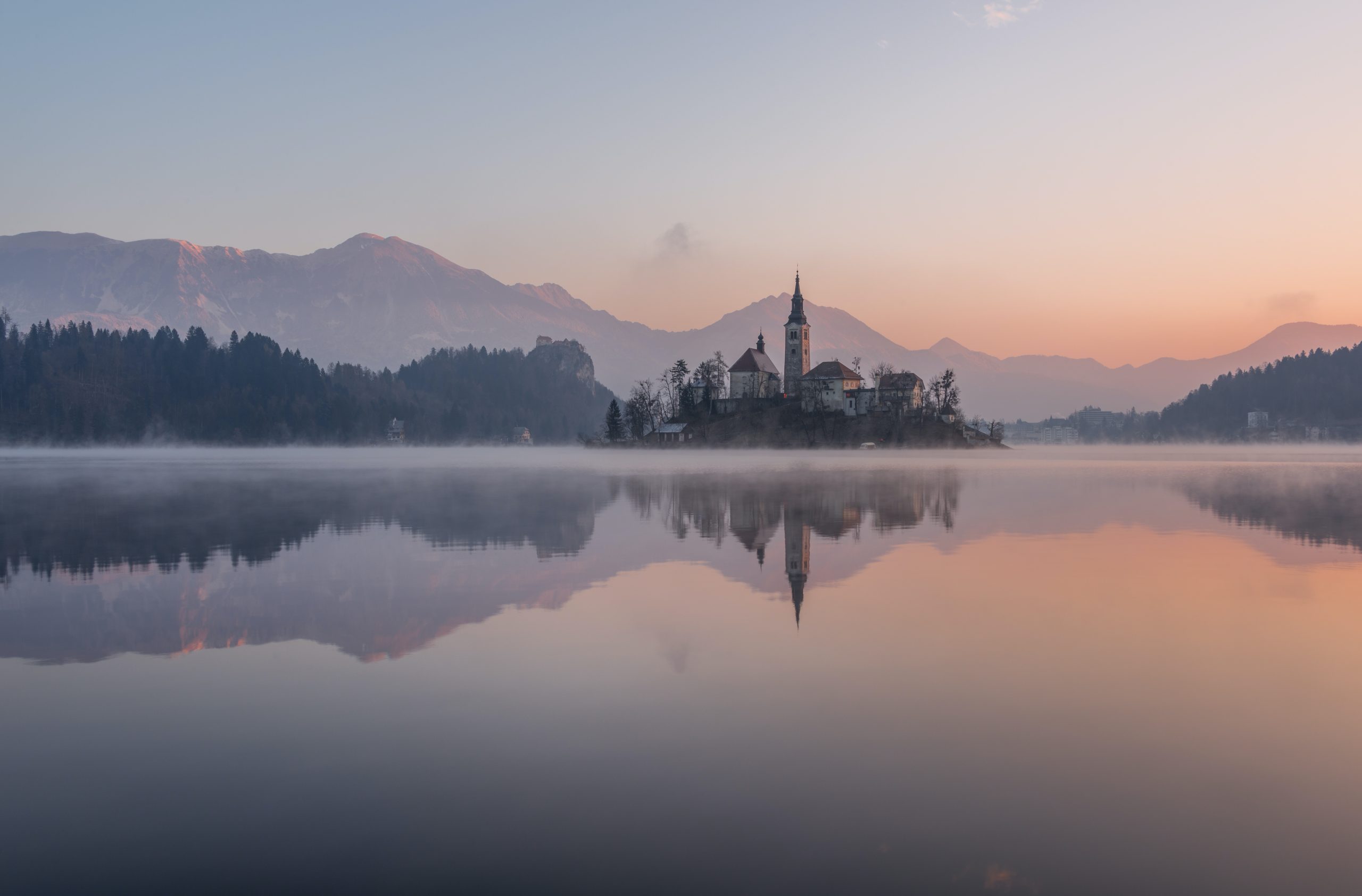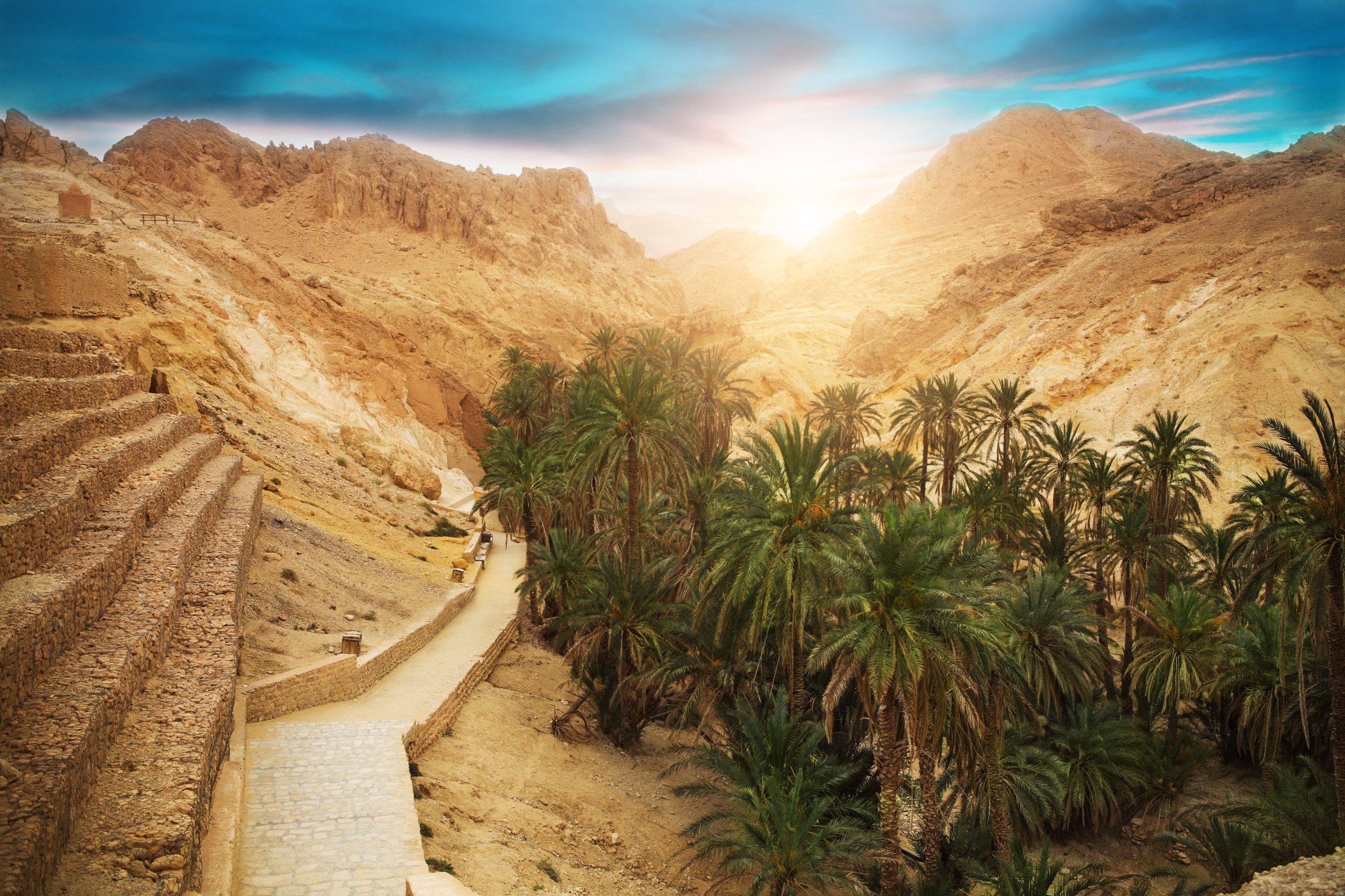Learn about sustainable tourism in Slovenia, Europe’s hidden gem
Here at Solimar, we pride ourselves on being experts in sustainable tourism. We’ve consulted with destinations on their tourism strategies all across the world, from distant Nepal to Timor-Leste to local West Virginia. So, when we say that a country has excelled at integrating sustainable tourism principles, we mean it. To show their commitment, Slovenia developed their national tourism strategy that coincides with the UN’s Sustainable Development Goals.
Most people may not know Slovenia apart from the picturesque Lake Bled, surrounded by the Julian Alps. It is already popular with outdoor adventure travelers, looking to hike or white water raft. It recently has turned into a destination that is perfect for anyone who wants to see nature, as well as cities without over-tourism. In 2016, the Slovenian Tourist Board implemented a program where they provide a 5-star experience while ensuring the health and growth of the local economies, communities, and environment. Here are some reasons why Slovenia is one of the leading sustainable tourism destinations:
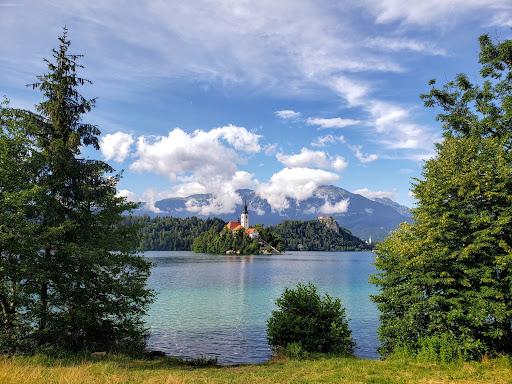
1. Its capital, Ljubljana, has a car-free area
The city has redesigned its center to allow for pedestrian friendly movement. Only delivery cars are allowed in the area in the early morning hours. The city blocks are covered in green spaces to explore, while the artisanal pavement itself is aesthetically pleasing. The numerous footbridges crossing the river connect from one public space to the next. If you need to get somewhere quickly, they offer electric carts that can shuttle you around. One of their biggest squares is completely free of vehicles and offers a space for concerts and events. Ljubljana truly is a walker’s paradise.
2. Slovenians understand the modern-day traveler
Slow travel is the new travel trend and Slovenia gets it. In fact, they prefer it. They want you to come and stay awhile. Smell the fresh mountain air of the Julian Alps, swim in Lake Bled, explore the miles of underground caves, get to know the locals, eat the food (all the food!). There is no excuse to make Slovenia a quick trip
3. Slovenia has implemented their own certification program, insuring unity within the country
The Green Scheme of Slovenia Tourism is a tool and a certificate program designed by the Slovenia Tourism Board to help even the smallest tourist organization be more sustainable. They offer training and promotions to hotels, tour guides, destinations and interest sites. In order to be verified and obtain a Green Label, the destination or business must meet the Green Destinations Standard criteria. They can also present a similar internationally recognized label, like GoodPlace, another Slovenian company. What is the benefit of all these certifications and labels? By following certain criteria, set up and recognized by the international community, gives credibility to the applicants. Slovenia, setting up their own certification program creates unity and understanding within their own country. Showing that everyone is in it together.
4. National Geographic also agrees about sustainable tourism in Slovenia!
National Geographic recognizes that Slovenia is pretty special, declaring them the World’s Most Sustainable Country in 2017. This award is part of National Geographic’s World Legacy Awards, given at ITB, awarding companies and destinations who are driving the most positive change within the tourism sector. If this isn’t enough, the EU also recognized Ljubljana as Europe’s Greenest Capital in 2016.
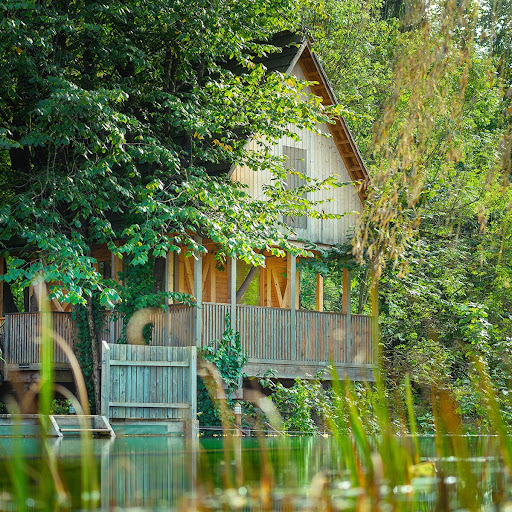
Image from Garden Village Bled website, an eco-lodge dedicated to sustainability
5. With 59 cities and 83 accommodations certified as green, you can’t go wrong where you end up
If you want to explore cobbled stone streets in old cities or get lost in a tiny mountain town, they’ve made sure each place is welcoming to any type of traveler. The best part is finding the right accommodation, whether that’s a new sustainable hotel or an eco-lodge with tree houses and glamping tents perfect for families.
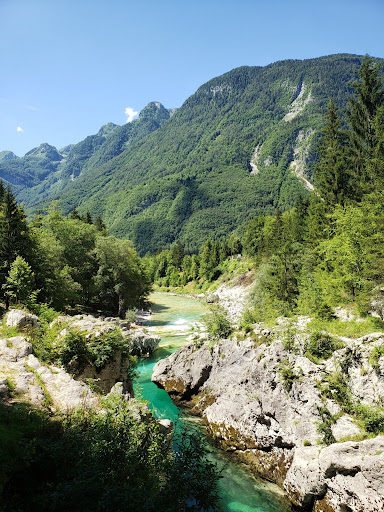
Picture of the bright turquoise Soca River in the Julian Alps. Showcasing the natural beauty of Slovenia. Photo by author, Stephanie Gerson
6. The mountains are open and easy to get to, and the cities aren’t crowded
You don’t have to worry about over tourism or long lines in Slovenia. The mountains are green and gorgeous with bright blue rivers roaring in the valleys. It’s outdoorsy without being too rugged, unless you want it to be. Slovenia offers numerous travel experiences that one wouldn’t expect in this small country.
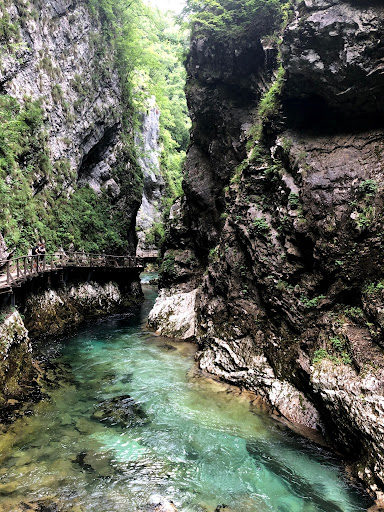
Picture of Soteska Vintgar, a wooden walkway along the Radovna River in a breathtaking gorge. Photo by author, Stephanie Gerson
7. They are the start of regenerative tourism, without knowing it.
Their tourism strategy is more cyclical rather than linear, using tourism as a means to help and rejuvenate the destinations. The idea is for the traveler to leave the place better than when they came. Because sustainable tourism has been implemented into so many aspects of Slovenia’s way of life, it’s straightforward for the traveler to be another part in the cycle as well. From making sure that buildings are LEED certified, to getting the best certified tour guides, and restaurants using local ingredients, all helps to ensure that the place can be lived in by locals and visited for generations to come. It sounds like a lot but when a tourism board has a partnership with the government as well as the citizens, it makes it much easier for the traveler to be more aware of their impact, both good and bad.
If you would like to know more about how to implement a sustainable tourism strategy where you live or for your business please contact us here. Or if you’re a destination, looking to enhance your DMO, take our course at https://institute.solimarinternational.com.
